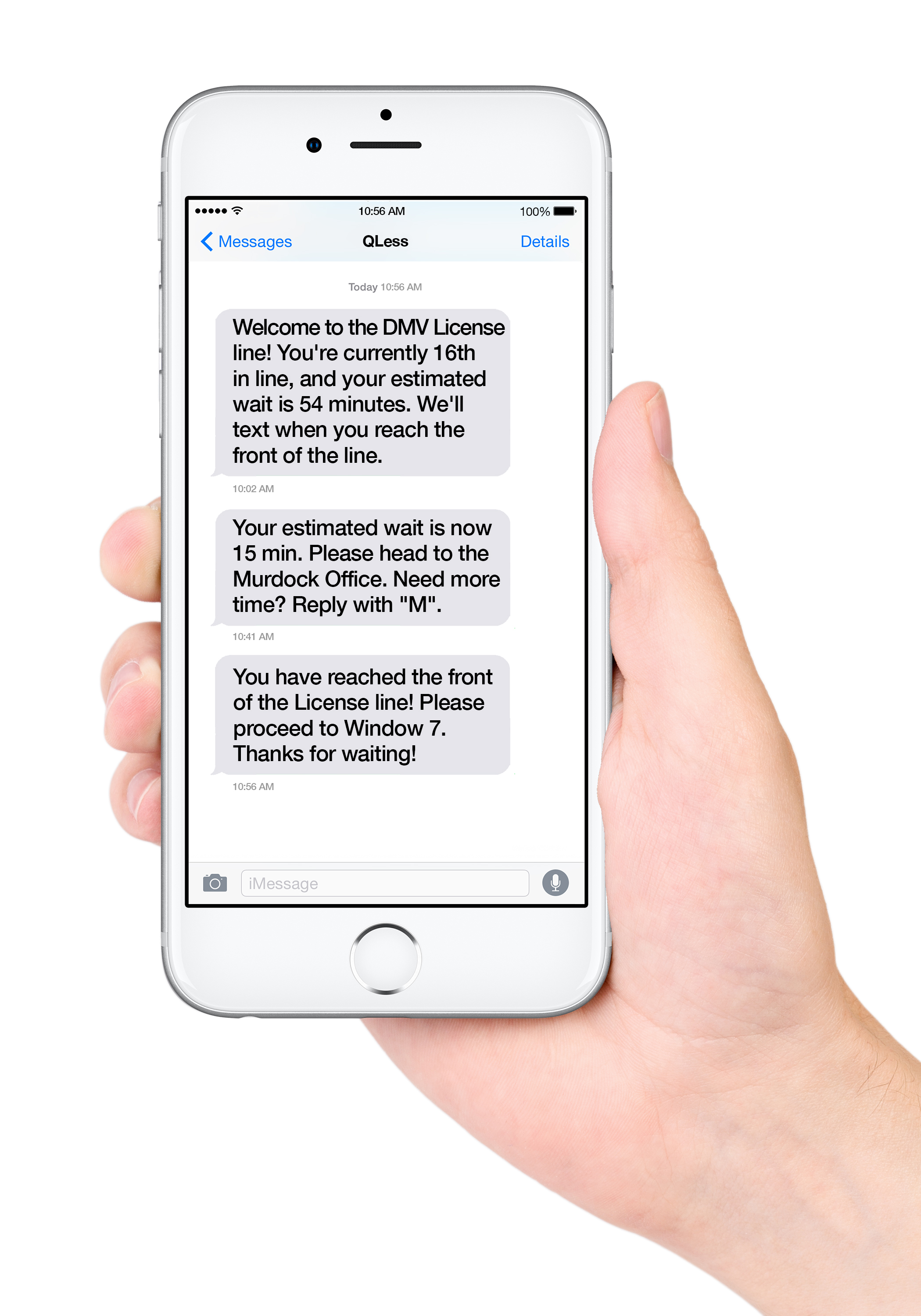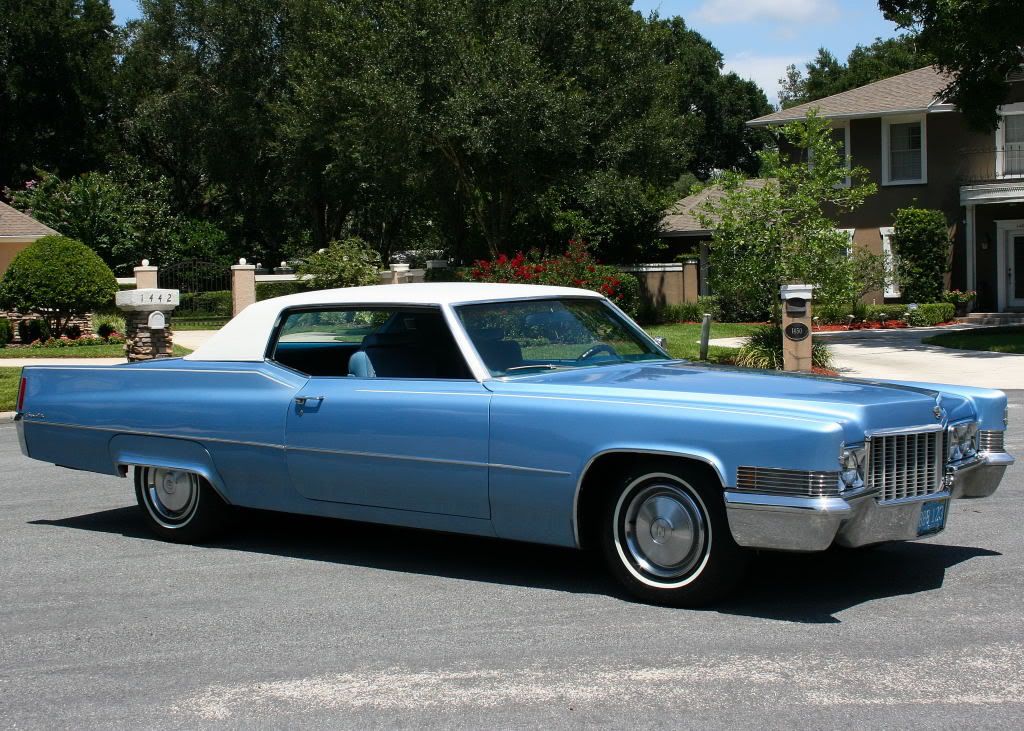
In today’s hyper-connected world, our smartphones have become extensions of ourselves, indispensable tools for communication, navigation, and entertainment. Yet, this constant digital tether poses a significant, often overlooked, challenge, especially when we’re behind the wheel. Many of us are inadvertently using our phones in ways that actively undermine our safety and the safety of everyone else on the road, transforming a convenience into a perilous distraction. It’s time to fundamentally rethink our relationship with these devices while driving, empowering ourselves with knowledge to transform risky habits into safer practices.

The numbers paint a stark and sobering picture of the consequences. Around 3,350 people were killed in all distraction-related crashes in 2021 alone, with 382 deaths specifically linked to cell phone use. These figures, provided by police reports, are almost certainly underestimates, according to the Insurance Institute for Highway Safety (IIHS). The National Highway Traffic Safety Administration (NHTSA) suggests the real death toll from all types of distraction could be as much as three times higher, with cellphones potentially involved in as many as 6% of all crashes. More recent data for 2022 further solidifies this concern, showing over 3,300 people killed and nearly 290,000 injured in motor vehicle crashes involving distracted drivers. It’s clear: our roads are becoming increasingly dangerous due to divided attention.

This isn’t merely about avoiding fines; it’s about reclaiming focus, enhancing safety, and mastering the crucial task of driving. While the problem seems pervasive, the good news is that many of these issues are solvable with practical, actionable changes and a deeper understanding of driving psychology and technology. As your trusted guide, we’re here to cut through the noise, identify the most common driving mistakes—both phone-related and otherwise—and arm you with the strategies to navigate the road with confidence and control. Let’s delve into the fundamental errors that demand your immediate attention.

1. **Texting or Using Your Phone** Texting while driving is undeniably a perilous practice, one that immediately diverts your attention from the road and can have devastating consequences. When your eyes are fixated on a screen, even for a moment, you are not focused on the traffic, pedestrians, or the myriad potential hazards that can emerge around you in an instant. This seemingly innocuous action can escalate quickly into an emergency, turning a routine commute into a tragedy.
Being engrossed in your phone while operating a vehicle fundamentally compromises your ability to react effectively. The simple act of sending a text message, checking a notification, or making a call without a hands-free setup directly contributes to reduced attention on the road, delayed reaction times, and, ultimately, a significantly higher likelihood of incidents. Your brain’s processing power is finite, and splitting it between digital communication and controlling a multi-ton vehicle is a recipe for disaster.
The most effective approach to mitigate this grave risk is to avoid using your phone altogether when driving. This might seem extreme, but it is the gold standard for safety. If an urgent call or message truly cannot wait until you reach your destination, utilize a hands-free device or, better yet, pull over safely to the side of the road to text or make calls. Remember, your safety, the safety of your passengers, and the safety of everyone else sharing the road depends on your unwavering commitment to distraction-free driving.
Read more about: The Ultimate Driving Expert’s Guide: Master Safe Stops and Prevent Rear-End Collisions Without Slamming Your Brakes

2. **Speeding** Speeding stands out as another grave mistake that countless drivers make, often with a casual disregard for its profound implications. This aggressive habit not only dramatically increases the likelihood of accidents occurring but also intensifies the impact and severity of a collision should one happen. The kinetic energy involved in a crash rises exponentially with speed, meaning a minor fender bender at 30 mph could become a catastrophic event at 60 mph.
When you drive too fast, you are systematically reducing your critical reaction time. There’s less mental and physical space to anticipate and respond to sudden changes in traffic flow, unexpected road conditions like potholes or debris, or the sudden appearance of obstacles. This inherent lack of preparedness is why posted speed limits are not arbitrarily set; they are carefully determined by traffic engineers and safety experts to ensure safe driving conditions under optimal circumstances.
Adhering to these posted speed limits is absolutely critical for your safety and the well-being of others. It’s a fundamental tenet of defensive driving, providing you with the necessary buffer to perceive, process, and react to potential dangers. While the temptation to shave a few minutes off your journey might be strong, speeding only puts you and others at an elevated and unnecessary risk. It’s always better, and infinitely safer, to arrive a bit later than to risk a collision due to excessive speed.
Read more about: Buckle Up! The 10 Cars Everyone Associates with ‘Difficult Driver’ Stigmas (And Why!)

3. **Running Red Lights** Disregarding red lights is an incredibly dangerous mistake while driving, one that demonstrates a profound disregard for traffic laws and the safety of others. When you make the decision to run a red light, you are intentionally putting yourself and countless other road users at risk of a high-speed collision with cross traffic that legitimately has the right of way. This recklessness can lead to devastating T-bone accidents, often resulting in severe injuries or fatalities.
The purpose of traffic signals is to regulate the flow of vehicles and pedestrians, creating an orderly and predictable environment on shared roadways. Respecting these signals is not merely a suggestion; it is a crucial component of safe driving. Only proceeding when the light turns green and the intersection is confirmed clear ensures that you are not intersecting with traffic that has been given a green light, or pedestrians who are crossing with the walk signal.
Ignoring red lights doesn’t just put you, other drivers, and pedestrians in danger; it also carries significant legal consequences. Running a red light can result in substantial fines, points on your driving record, increased insurance premiums, and in the tragic event of an accident, criminal charges. It is essential to develop the discipline to stop and wait patiently for your turn, prioritizing safety over perceived time savings.
Read more about: Tristan Rogers: Honoring the Enduring Legacy of the ‘General Hospital’ Icon and Voice of Disney’s Jake at 79
4. **Tailgating** Tailgating, or driving too closely behind the vehicle in front of you, is an alarmingly common mistake that undermines fundamental principles of safe driving. This dangerous habit severely compromises your ability to react safely if the leading car suddenly brakes, swerves to avoid an obstacle, or encounters an unexpected hazard. You simply won’t have the necessary time or distance to respond, making a rear-end collision almost inevitable.
To maintain a safe following distance and give yourself adequate reaction time, the general rule of thumb is to stay at least one car length behind for every 10 mph you’re traveling. This often translates into the widely recommended ‘three-second rule’ in ideal conditions, which increases in adverse weather. Maintaining this buffer zone allows you to perceive a problem ahead, decide on a course of action, and execute that action without endangering yourself or the vehicle in front.
Beyond the immediate safety risks, tailgating is not only unsafe but can also serve as a major catalyst for road rage incidents. Aggressive drivers who tailgate often provoke stress and frustration in other motorists, sometimes leading to dangerous confrontations. Keeping a reasonable and respectful distance between vehicles is a simple yet profoundly effective way to enhance your safety and the safety of others on the road, fostering a more harmonious driving environment.
Read more about: Buckle Up! The 10 Cars Everyone Associates with ‘Difficult Driver’ Stigmas (And Why!)

5. **Ignoring Stop Signs** Disregarding stop signs represents a profoundly serious driving mistake that carries potentially severe and immediate consequences. These signs are strategically placed for a critical reason: to control traffic at intersections, regulate right-of-way, and ultimately keep everyone safe. Ignoring them, whether by rolling through without a complete stop or brazenly blowing past them, dramatically increases the risk of collisions and even fatalities.
Far too many drivers develop a dangerous habit of ‘rolling through’ stop signs, failing to come to a complete halt, or worse, blatantly ignoring them altogether. This perilous behavior creates dangerous situations, particularly at intersections where vehicles from different directions are expecting others to yield. It frequently results in devastating T-bone collisions or other types of accidents, as drivers entering the intersection are caught completely off guard by a vehicle that failed to stop.
To avoid this mistake, it is imperative to always come to a complete stop at stop signs. Your vehicle’s wheels must cease rotation entirely. Once stopped, diligently check for oncoming traffic, pedestrians, and cyclists from all directions before cautiously proceeding only when it is unequivocally safe to do so. Remember, rigorously following these fundamental rules of the road is absolutely crucial for your safety and the safety of everyone else around you.
Read more about: Beyond the Wheel: Unpacking the Infamous Reputations of 14 Vehicles Associated with Annoying Drivers

6. **Not Using Turn Signals** Neglecting to use your turn signals is a remarkably common mistake that, while seemingly minor, can lead to significant confusion and, alarmingly, accidents. Turn signals are the primary means by which drivers communicate their intentions to others on the road. They are essential tools for indicating when you plan to change lanes, merge into traffic, or make a turn, providing vital advance notice to those around you.
Failing to signal adequately creates an environment of unpredictability and misunderstanding. Other drivers are left guessing your next move, which can lead to sudden, defensive maneuvers on their part, or worse, collisions. A car suddenly veering into another lane or making an unexpected turn without warning can initiate a chain reaction of unsafe driving, startling other motorists and increasing the likelihood of an incident.
Read more about: Buckle Up! The 10 Cars Everyone Associates with ‘Difficult Driver’ Stigmas (And Why!)

To avoid this easily correctable mistake, consciously get into the habit of always using your turn signals, consistently and early. This practice should be automatic, regardless of whether you perceive anyone else to be around. It is a simple yet profoundly effective way to communicate your actions clearly and proactively, promoting a safer, more predictable, and more cooperative driving experience for everyone on the road.




